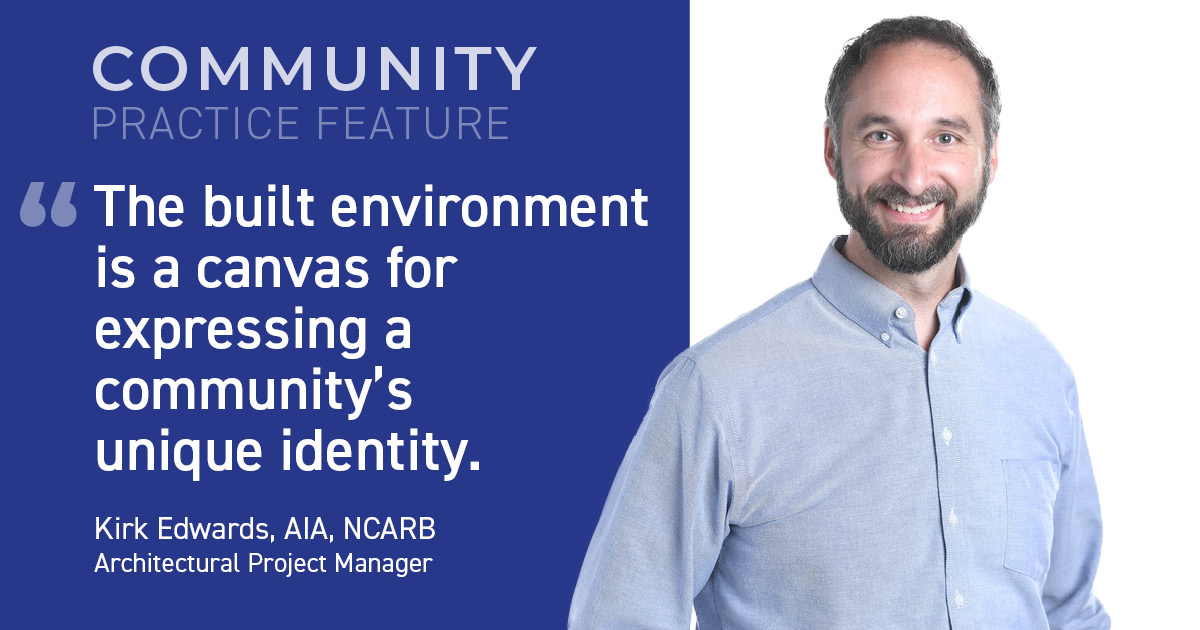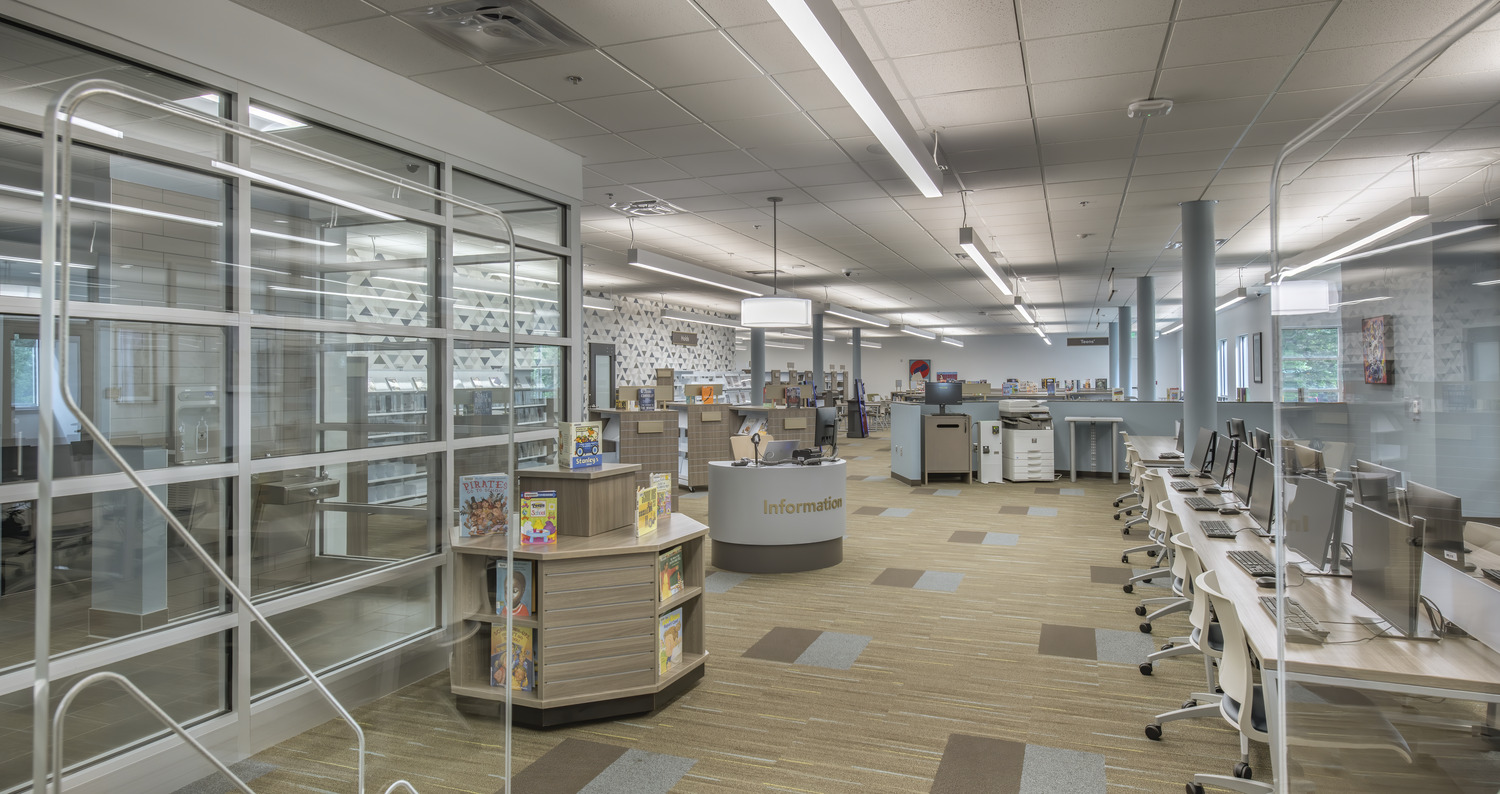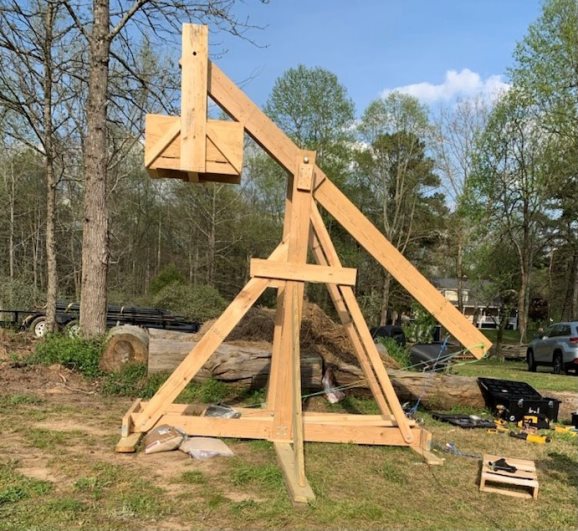
Kirk Edwards, AIA, NCARB, discovered his passion for architecture at a young age, when he watched his parents build two of their family homes. His father would meticulously detail plans on loose leaf paper before acquiring a permit and beginning construction all on his own.
Seeing abstract sketches transform into tangible structures helped Edwards realize that amazing things are possible through creativity and foresight—and this is what fuels his work today.
As an accomplished Project Manager in CPL Woodstock, he oversees all phases of projects in the community practice, from initial planning to construction administration. With more than two decades of experience, he’s had a hand in designing a myriad of building types, including municipal offices, schools, universities, churches, private residences, libraries and financial institutions.
“The built environment is a canvas for expressing a community’s unique identity,” Edwards said. “As architects, we collaborate with local leaders to reimagine that canvas, creating dynamic spaces that not only adapt to the public’s changing needs, but reflect and enhance their culture and character.”
Exemplifying his versatility, Edwards’ portfolio includes a range of diverse projects, including nearly a dozen community libraries for Atlanta-Fulton and DeKalb library systems, as well as architectural components for the pedestrian bridge at Mercedes-Benz Stadium in Atlanta, GA. He’s also been recognized for expertise in sustainability, having led several Leadership in Energy and Environmental Design (LEED)-certified facilities, including Georgia’s first LEED Platinum library.

The Cleveland Avenue Library—Georgia’s first LEED Platinum-certified library—in Atlanta, GA.
Outside of CPL, Edwards values spending time outdoors with his family and pursuing his hobbies of woodworking. He also volunteers with the WildWood Nature Academy in the Atlanta area, leveraging his talents to build interactive exhibits like this functioning trebuchet to supplement the medieval history portion of the school’s curriculum.

Edwards designed and built this 8-foot-tall trebuchet, which is capable of launching objects up to 200 feet.
A natural problem-solver, Edwards says his work is fulfilling because it involves working with a talented team that is well-equipped to creatively design solutions for our clients.
“We don’t just want to meet client’s aesthetic expectations—our goal is to topple accessibility barriers and foster social cohesion and progress,” he explained. “For example, a well-designed community center may offer after-school programs for children, professional development for adults or healthcare services for seniors, ensuring everyone has the resources they need to thrive. Witnessing that positive impact on a community, and the resulting happiness it brings to residents, is the driving force behind all that we do.”
